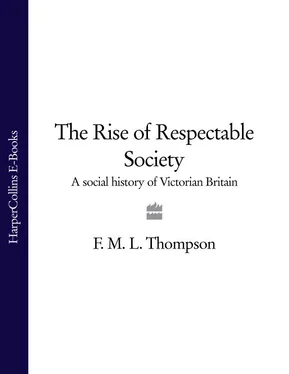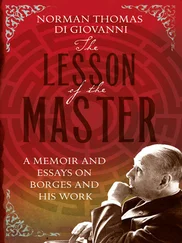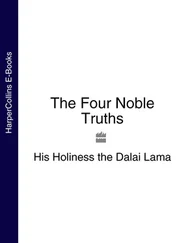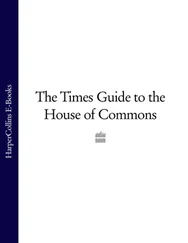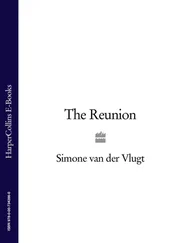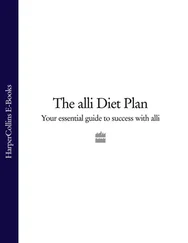The salient characteristic of those who spoke for the excluded was that they came from every rank in society, save for the poorest and most illiterate, and framed their attacks on the old order in the language of justice and equality rather than in appeals to the interests of class. The leaders of popular radicalism were predominantly artisans, whose skills as printers, compositors, tailors, or cobblers stretched even further back than the ancestry of their ideas, which may be traced to the sturdy independence and self-respect of the Civil War Levellers. These were no more representatives or products of a recently created industrial order clamouring to be admitted to their rightful place in the body politic than were the gallery of orators from middle-class backgrounds – the farmers Cobbett and Hunt, and the army officer Cartwright were the most prominent – which played such a large role in the popular cause. They thought of themselves as the champions of the rights of downtrodden and neglected ordinary people, who counted increasing numbers of industrial workers, particularly factory workers, in their ranks; these undoubtedly formed an important element in the great reform meetings and demonstrations of 1816–19 or 1830–2, but there is no evidence that they were the backbone of popular protest. Information about the rank and file of such movements is invariably patchy, but such as there is suggests a different conclusion. A list of ‘the leading reformers of Lancashire’ at the end of 1816, for example, names two cotton manufacturers, two letterpress printers, a draper, a tailor, a hatter, a shoemaker, a stone cutter, and a clogger, who were all small masters or artisans; three cotton weavers, three silk weavers, and one wool weaver, who would all have been handloom weavers; and not a single cotton spinner, the sole type of factory worker to be found in the region in any numbers at that time. At the other end of the scale the great Reform riots of 1831 took place in Derby and Nottingham, manufacturing towns but not factory towns; Bristol, a commercial more than a manufacturing town; and Bath and Worcester, well removed from the centres of industrialization. The factory towns of Lancashire and the West Riding were absent from this list not because they enjoyed a superior form of social discipline and unanimity in support of reform which rendered rioting against the traditional authorities that had rejected the second Reform Bill superfluous, but because the class antagonism between millowners and operatives was so strong that there was no popular support for what was seen as an employer’s measure. Disciplined leadership of the struggle for parliamentary reform was taken by precisely those towns, Birmingham above all others but also Newcastle, which had seen considerable growth and industrial expansion but had retained the structure of small workshops that blurred the divisions between masters and men and supported sufficient social harmony and cohesion to nourish an interclass radical alliance.
There was, then, massive working-class involvement in reform, and it centred in the traditional, preindustrial, groups rather than in those spawned by factory and machine. This is not to say that these groups had been unaffected by the course of economic change; but it is to say that viewed from this angle the perceived conflict between the established political structure and social reality was not a simple, direct consequence of the emergence of a factory proletariat. Viewed through the ruling-class end of the telescope, all workers, irrespective of their precise status or relationship to the means of production, being propertyless were either potentially dangerous as liable to subvert property and the social order, or at best not worthy of political recognition as being incapable of taking a balanced and responsible view of the public interest. The vital thing in the situation of 1830–2, so it seemed to Whig ministers, was to break the radical alliance by driving a wedge between the middle and the working classes, buying off the one with votes and representation and leaving the other, isolated and weak, outside the pale. The tactic, in Grey’s words, was ‘to associate the middle with the higher orders of society in the love and support of the institutions and government of the country’. Accordingly, the middle classes were accommodated with the £10 householder franchise, the hallmark of the 1832 Reform Act in the boroughs. It has often been remarked that this action defined, even created, the working class by lumping together all those unable to afford to occupy a house of at least £10 annual value as unfit to exercise the franchise, thus forging a common bond of resentment and frustration between otherwise diverse social groups. The other side of this coin is that the franchise also defined the middle class as all those who came above the £10 line regardless of differences in social position.
The middle classes who asserted their claims to be included in the political nation were a very mixed bag, and it would be as difficult to claim for them as for the working classes that their alienation from the old order stemmed wholly or even principally from the new social forces generated by industrialization. To be sure, by 1830 many industrialists had come round to the view that the protection of their interests and recognition of their status required direct representation in Parliament, whereas a generation or so earlier they had been largely indifferent to notions of parliamentary reform and direct involvement in politics, being content to accept the arguments of virtual representation and leave the conduct of public affairs to those accustomed to handling such matters. Northern manufacturers, in Lancashire and the West Riding, were active in the cause of reform in 1830–2; and a Wolverhampton manufacturer neatly expressed the sharpening of political awareness in his class: ‘Fifty years ago we were not in that need of Representatives, which we are at present, as we then manufactured nearly exclusively for home consumption, and the commercial and manufacturing districts were then identified with each other; where one flourished, both flourished. But the face of affairs is now changed – we now manufacture for the whole world, and if we have not members to promote and extend our commerce, the era of our commercial greatness is at an end.’ Manufacturers were key recruits to the cause of limited reform, and their demands for representation for themselves and the chief industrial centres were clear expressions of the failure of the political structure to reflect new social and economic developments. Nevertheless, manufacturers were recruits to a band of bankers, lawyers, writers, traders, editors, and other professional men, who continued to provide most of the drive and organization of middle-class political action: men of property, conscious of their position and probity no doubt, but not unmistakably men of the Industrial Revolution.
The towns which were given representation for the first time in 1832 were indeed in the main the chief centres of ‘manufacturing capital and skill’ in the Midlands and the north, whose fair representation Lord John Russell picked out as a major purpose of the Reform Bill when introducing it. It is worth remarking, however, that Brighton, the fastest growing town of the 1820s and in its fashionable seaside frivolity the very antithesis of an industrious town, and Stroud, a small pocket of the traditional woollen industry set in rural Gloucestershire, were included in the same company as the familiar industrial giants, Manchester, Birmingham, Leeds, and Sheffield, and were placed on a par with Bolton, Bradford, Blackburn, or Oldham. Similarly, Cheltenham, Frome, and Kendal were equated with the second-ranking industrial towns like Dudley and Walsall in the Black Country, Rochdale, Salford, and Warrington in Lancashire, or Gateshead, South Shields, and Tynemouth on Tyneside, in being elevated to single-member boroughs. These are reminders that the new constituencies did not all fall into a single category, and that scope was deliberately found for some increase in the weight given to traditional and non-industrial urban interests, quite apart from the five new parliamentary boroughs created in metropolitan London, itself a kaleidoscope of aristocratic, financial, commercial, administrative, and professional, as well as manufacturing, interests. In addition the boroughs which were preserved from extinction, although shorn of one of their former two members, and those which were continued unaltered from pre-reform days, were predominantly county towns, small market towns, long-established ports, and the like, albeit they did include some places – Liverpool, Preston, Hull, Newcastle, or Sunderland, for example – that were in the mainstream of industrial growth. In sum, however, the collection of new and surviving boroughs that made up the total of 187 post-1832 parliamentary boroughs in England was dominated by small towns, hangovers from the preindustrial past.
Читать дальше
